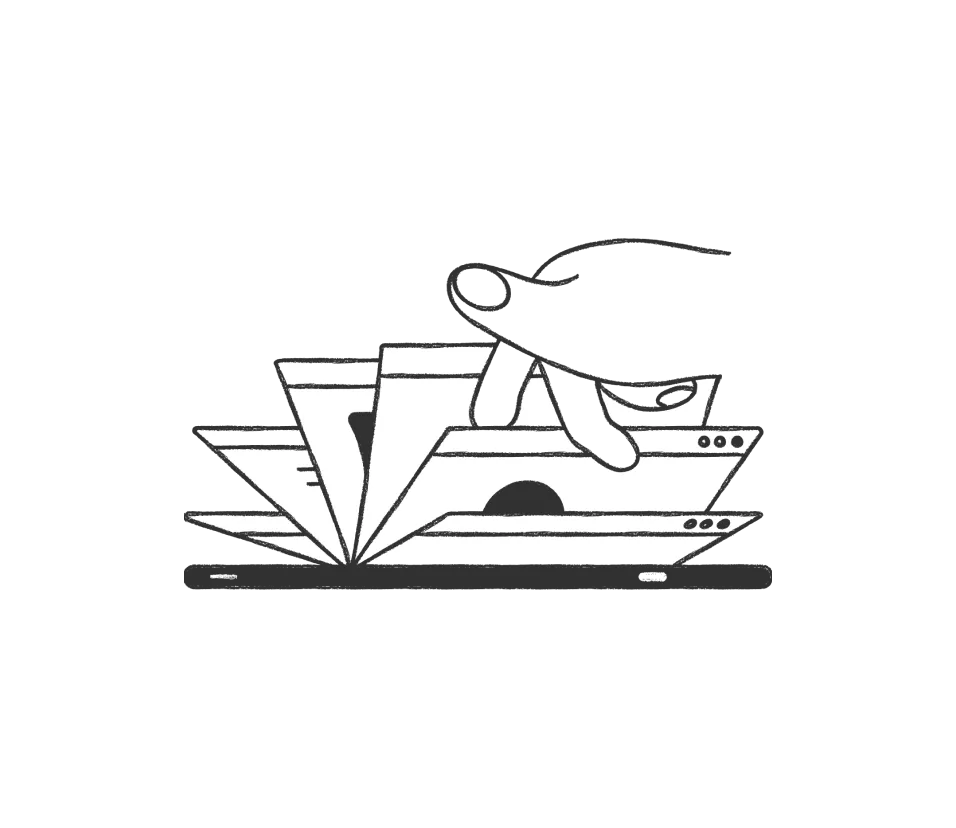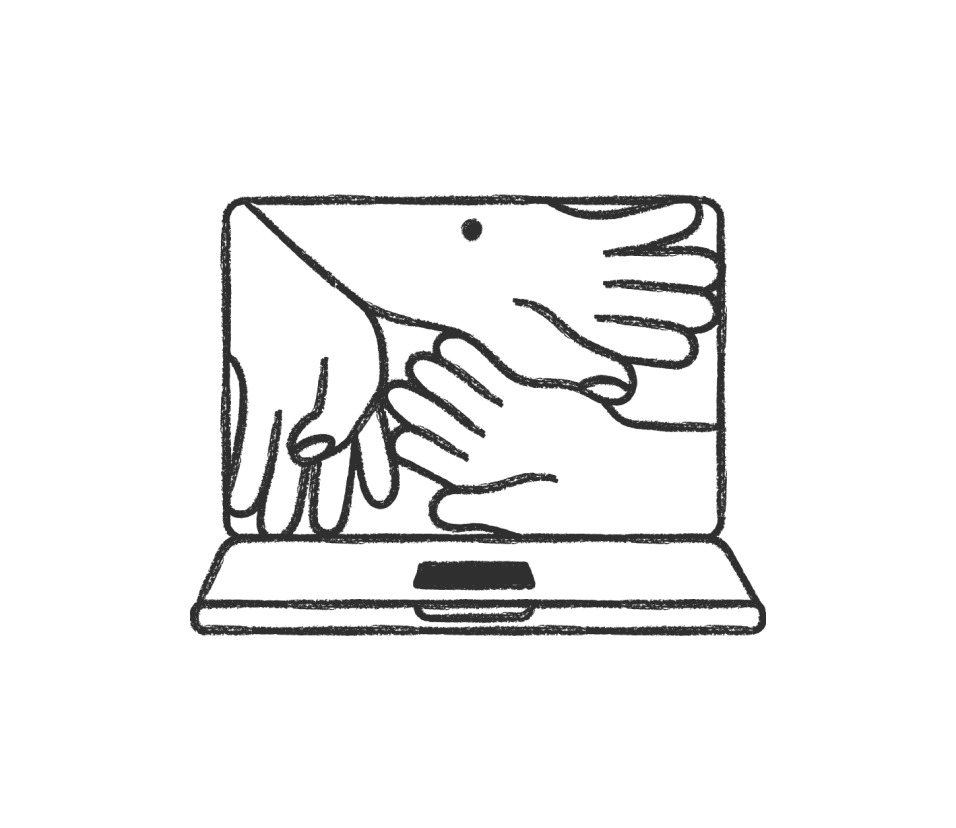What is technical documentation?
A technical documentation template is a pre-designed document that provides a standardized structure and format for creating product information and detailed data about the handling, functionality and use.
Understanding Technical Documentation
You might be wondering what technical documentation is, but it's difficult to describe. It's an umbrella term that refers to a wide range of technical documents that explain the use, functionality, or development of a given product.
Due to the potentially high amount of technical documents involved in a project, it's good practice to have your own set of technical documentation templates. Ideally, technical writing templates that are clear and simply convey key information about how a product works.
Technical document templates are incredibly important in the project management, product development and software development worlds. It's often put together by specialized copywriters and technical writers, but can also be written by project managers, programmers, testers, developers, or other development team members.
Technical Document Samples
Example of Software Technical Documentation Template
A technical documentation template for software development is a standardized document format that includes detailed information about software products, their functions, and instructions for handling and use.
Example of IT Documentation Templates
When it comes to documenting an organization's technology infrastructure, an IT technical documentation template is an incredibly helpful tool. These templates often include essential details about hardware and software configurations, network architecture, and security measures.
How to Create Your Own Technical Documentation Template
1. Access Slite's template library
Slite offers a library of technical specification templates for various purposes. To access our templates, create a Slite account or log in to your existing account, then navigate to the template library.
2. Select a Technical Document Template
To create a technical documentation template, you'll need to decide on a structure that works best for your product or organization. This structure should include sections such as an introduction, overview, installation instructions, configuration steps, troubleshooting tips, and frequently asked questions. You can also include graphics, screenshots, and diagrams to help explain complex concepts.
3. Define Documentation Standards
Defining documentation standards for your technical design document template involves more than just visual and writing elements. You'll also need to establish content standards, such as the required level of technical detail, terminology and acronyms, and types of visual aids. These standards ensure consistency and clarity for your audience.
Many different documents will make up your technical documentation template, and they should all have a consistent appearance and style. This includes things like font, writing style, design, formatting and more. Using a technical documents template can help with this a great deal.
4. Determine Your Audience
To create an effective technical design template, it's crucial to determine your audience early on. Technical design documents are typically written for developers, who may require more detailed information than end-users. By identifying your audience, you can decide what content to include and what language to use to effectively communicate the necessary technical details.
5. Save & Share with Your Team
Save your customized technical documentation template as a reference or example for future projects. Having multiple templates can save you time and effort by allowing you to use an existing template as a starting point and make necessary modifications.
That's it! You're ready to get started on a technical writing template for your very own product. You'll be providing your users and team members with invaluable help and guidance in no time.
Key Elements of a Technical Documentation Template
A wide range of documents can be referred to as technical documentation templates. Broadly speaking, they can be separated into two categories: product documentation and process documentation.Product documentation, sometimes referred to as user documentation, explains what a product is and how to use it. It's normally used by end-users, but can also be handy for stakeholders, programmers and engineers to delve further into a product's technology. It encompasses things like:
Product Information
This section of technical document format should provide a clear and concise description of the product, its purpose, and its features.
The user guides, tutorials, how-to guides, installation and reference manuals, and troubleshooting manuals can be included as part of the technical description template to explain how to use the product.
Technical Details
One typical element of a technical documentation format is to provide comprehensive technical details about the product. This includes information about the product's hardware and software requirements, as well as instructions for configuration and troubleshooting. For example, a software technical design document template may include detailed descriptions of the system architecture, data flow diagrams, programming languages and frameworks used, and system interfaces. It's essential to present this information in a clear and organized manner so that users can easily understand and follow the instructions.
User Instruction
This section, which can be created using a technical manual template, should provide step-by-step instructions on how to use the product, including screenshots or visual aids as necessary.
Visual Aids
These can include diagrams, flowcharts, screenshots, and other visual aids that help illustrate technical concepts and procedures. Using a technical doc template can help ensure consistency and clarity in the use of these visual aids throughout the documentation.
Glossary of Terms
A glossary of terms helps define technical jargon and acronyms used throughout the technical documentation template.
Appendices
Appendices provide additional information or resources that may be useful to users, such as reference guides, FAQs, and troubleshooting tips.
Process Documentation
To ensure a comprehensive technical documentation template, consider including process documentation elements like project plans, methodologies, workflows, and schedules to provide valuable context on product development. Appendices with white papers, roadmaps, and release plans can also enhance the template's usefulness.
Advantages of Having a Technical Document Template
Empowers Users
Whether you're providing software documentation or product documentation, the technical documentation template helps end-users solve their own problems. When you deliver clear, helpful documentation, you empower users to use online help and cut down on a lot of common frustrations. Your team will also spend less time answering questions.
Keeps Development Teams In The Loop
When working on a software product (or any other kind of product), things move fast. Establishing an effective content management system and delivering a consistent, clear template for technical documentation helps keep everyone informed and on track.
Pro Tip: By using a template that can be updated in real-time like Slite's, your documentation can act as a knowledge base. That way, developers can continually refer back to it and always have the most up-to-date information.
Prompts Important Questions
Put simply, a technical document template gets everything down on paper. It brings the most important information about your product development to the forefront, making sure questions get asked and problems get resolved when they need to be, rather than brushed aside.
Facilitates Collaboration
Technical documentation templates can help teams collaborate more effectively, ensuring everyone is on the same page and working towards the same goals. By providing a standard format for documentation, team members can more easily share information, ask questions, and provide feedback.
Reduces Errors and Risks
When documentation is inconsistent, incomplete, or inaccurate, it can lead to errors and risks that may compromise the quality and safety of the product. A technical documentation format can help ensure that all necessary information is included and presented in a clear, consistent manner, reducing the likelihood of errors and minimizing risks.
Supports Compliance
Depending on the industry and the product, there may be regulatory or legal requirements for documentation. A technical document template can help ensure that all necessary information is included and presented in a way that meets these requirements, helping the organization stay compliant.
Enhances Customer Satisfaction
A clear, comprehensive technical manual template can help users get the most out of the product and reduce frustration. This can lead to increased customer satisfaction and loyalty, as well as fewer support calls and tickets for the organization to handle.
Slite's free technical documentation template
If you're ready to create your own technical documentation template, Slite's here to help you get started.
Forget about looking for stray documents spread across Excel sheets, Microsoft documents, internal wikis and Adobe files. Slite keeps all your information in one place where it can be easily updated and accessed by anyone on your team.
Oh, and did we mention that our technical documentation template is free, incredibly easy to customize and looks great across all devices and browsers?


